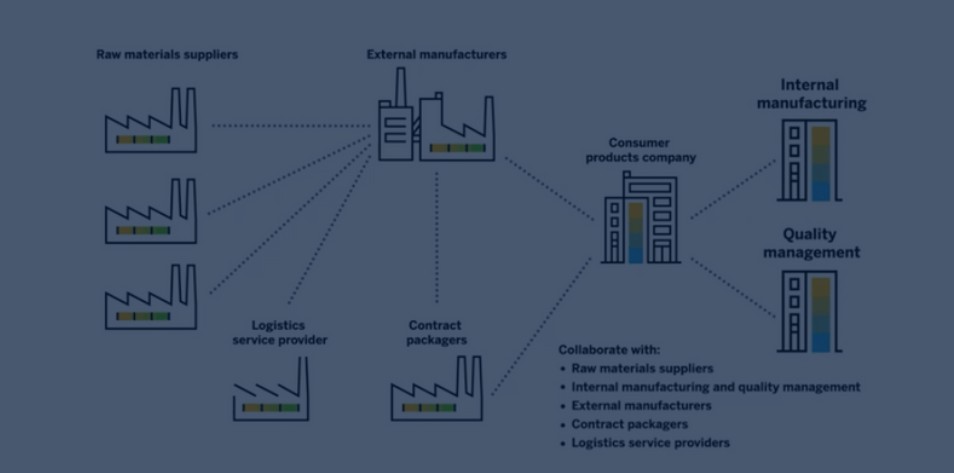The cloud computing is soaring in popularity owing to the widespread digitisation of the business ecosystem. More than 70% of companies have migrated at least some workloads to the cloud. But enterprises are beginning to get a reality check in the form of huge bills that often exceed budgets.
The following are the common reasons cloud computing costs exceed budgetary allocations.
1. Unplanned usage
Unanticipated usage is the single biggest reason for cloud expenses overshooting budgets. Often, organisations underestimate resource needs, resulting in higher-than-anticipated usage charges. Unplanned usage increases cloud bills in several ways. The organisation may:
- Increase usage of cloud resources beyond the plans, such as by adding more virtual machines or storage. Also, several departments add cloud projects as initial cloud projects succeed. Such projects, not included in the annual budget, lead to budget overflows and cash flow issues.
- Use cloud resources longer than expected, such as by leaving virtual machines running when not needed.
- Exceed usage limits for resources such as network bandwidth or data transfer, raking in high additional charges.
2. Not monitoring or tracking usage
Many organisations migrate to the cloud but need to set up systems for monitoring and tracking resources. The organisation operates blind, with no idea of where the money goes.
Reining in expenses requires basic cost hygiene.
- Place a cost management tool to optimise cloud usage in real-time. These tools enable turning off unused resources and selecting the best pricing model.
- Analyse monthly cloud bills and review expenses with actual usage. Shed unneeded resources.
3. Adopting a multi-cloud strategy
Several organisations use multiple cloud providers. The rationale is to avoid vendor lock-in and eliminate over-dependence on any provider. Such a move improves resilience. But it comes with a cost disadvantage and makes the network complex.
Most cloud providers offer negotiated discounts in exchange for contractual commitments. Major cloud providers such as AWS and Microsoft Azure offer volume discounts. Adopting a multi-cloud strategy often leads to losing out on such contractual and volume discounts. The enterprise pays higher-than-expected subscription fees to multiple providers. The organisation also becomes susceptible to price increases over time.
- Balance multi-cloud strategy with cost considerations.
- Have a major provider and seek contractual and volume discounts from such providers. Use the other provider as a backup option.
4. Over-provisioning resources
Many organisations continue with their on-premises mindset and over-provision in the environment.
The biggest over-provisioning is in the Dev/Test environment. Cloud bills for dev/test infrastructure pile up as developers tend to over-provision cloud resources. Also, they rarely suspend the subscribed resources outside of business hours. Most enterprises end up paying for many abandoned and idle resources.
Application teams also often provision excessive production headroom. They usually do not implement auto-scaling for applications that scale horizontally. They also often overestimate the production headroom needed by applications.
Rightsizing, the apparent solution, is easier said than done. It is challenging to right-size applications that scale vertically. Many times, complex application installation makes automation unfeasible as well. Also, system managers and developers do not prefer tinkering with mission-critical applications. They continue with the status quo until it becomes untenable rather than risk downtime by trying out new things.
Rightsizing is time intensive. The task involves complicated, cross-functional tasks involving negotiations and eliciting functional teams’ cooperation. The often overworked application team’s competing priorities favour the status quo over-provisioning.
The solutions include
- Deploying automated cloud cost management tools to identify waste and shut down or suspend such resources.
- Implementing auto-scaling with some thoughtful tuning of parameters
- Initiating business value conversations with the rank-and-file. Spread awareness of the benefits of higher asset utilisation.
- Culture change, or a change in mindset. Lack of attention to right-sizing is a legacy from the on-premises days when only 30% of resource utilisation was the norm. Excess capacity does not cost extra in a CAPEX-based on-premises environment. But payment accrues monthly for excess capacity in a cloud-based open environment. Enterprises end up spending a considerable amount without reason.

5. Not factoring Data egress costs
Many enterprises rake in data egress costs. Downloading or transferring data out of the cloud costs more than subscription costs. Many enterprises do not factor such costs into their budget and get shocked upon seeing the bill.
Minimise data egress costs by:
- Using content delivery networks to distribute data closer to users. Such a strategy reduces the quantum of data transferred over the internet.
- Embracing data compression and deduplication techniques to reduce the amount of data transfer.
- Opting for cloud services with lower egress costs. Service providers with data centres in the same region often have lower costs.
- Leveraging the cloud provider’s in-house services to transfer data between cloud providers.
- Storing less important or rarely accessed data with low-cost storage options, such as Amazon Glacier
- Configuring the cost optimisation tool to monitor and control data egress costs in real time.
6. Suboptimal design and implementation
Often, cloud architects need to be more aware of the cost when designing cloud solutions. Bad design choices and poor coding
- Consume more infrastructure resources than needed
- Make excessive and expensive calls to cloud services.
- Increase the cost of security and compliance.
These issues breed inefficiencies and increase operational costs. Cloud computing cost management tools do not detect such latent costs.
As solutions,
- Set up infrastructure for monitoring, security and configuration management.
- Involve experts, who may often be third parties, to diagnose the problems and offer recommendations.
- Consider the business value of the time, effort and money involved in the process and make a cost-benefit analysis.
- Undertake performance engineering to address the underlying issues.
7. Migrating to the cloud in haste
Project teams always work under pressure and often prioritise the “lift and shift” approach to move to the cloud quickly. They move workloads to the cloud without modifying or optimising them for the cloud. For many applications, the benefits of the cloud computing come only with a rewrite of the on-premises application to make it cloud-native. Some applications require replacement with a SaaS-based alternative.
A lift and shift approach may also fail to account for the interdependencies. The implications include incorrect grouping, network performance issues and cascading delays. Resolving such problems adds to the costs.
As solutions,
- Make a thorough application assessment to determine the migration approach for each application. Not assessing the workload leads to downstream scope creep and higher costs down the lane.
- Map dependencies as part of the application assessment process.
8. Failure to budget for indirect costs
Most organisations do not budget for indirect costs. When such indirect costs manifest, they find their budgets inadequate.
Some of the typical indirect costs include:
- Costs associated with transforming the organisation to operate in the cloud. Effective cloud adoption rests on changes to organisational structure and operating procedures. It may also need agile DevOps practices. All these are costly endeavours.
- The residual or sunk costs of vacated data centre capacity.
- Cost to reskill the workforce for cloud competency. Many businesses also incur opportunity costs for lost productivity as the workforce goes through a learning curve.
Efficient cost management is inevitable for the smooth functioning of any organisation. Haphazard cloud migrations often cost more than expected and lead to out-of-control budgets. Reviewing cloud computing costs to stay within budget leads to sustained growth and competitive advantage.
A good cloud partner helps to optimise cloud strategies and keep costs in check. Spending more on a competent cloud service partner saves money in the long run and helps the organisation keep cloud budgets in control.












